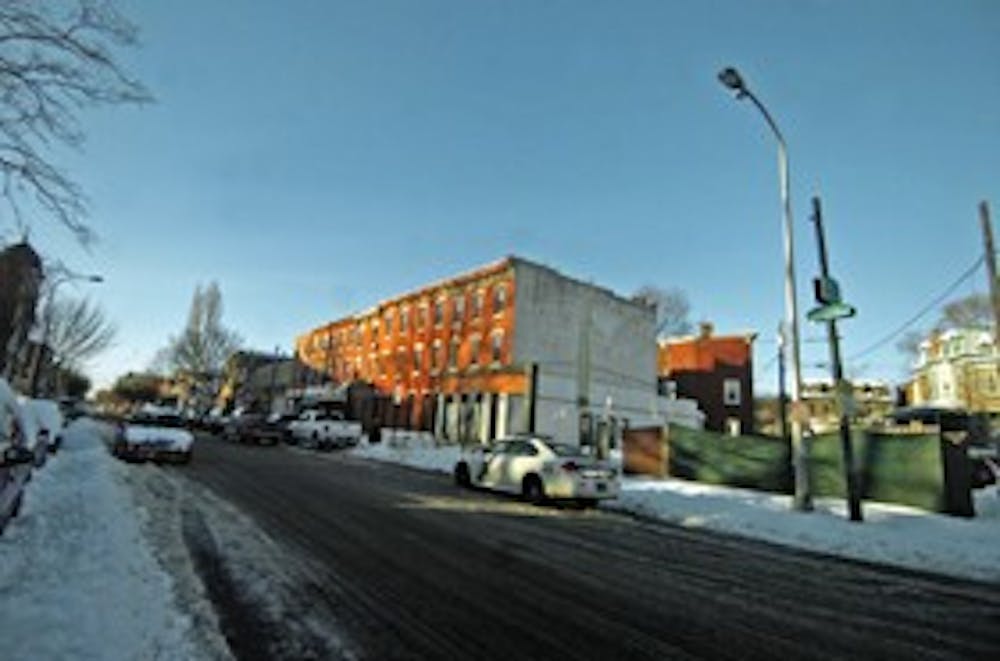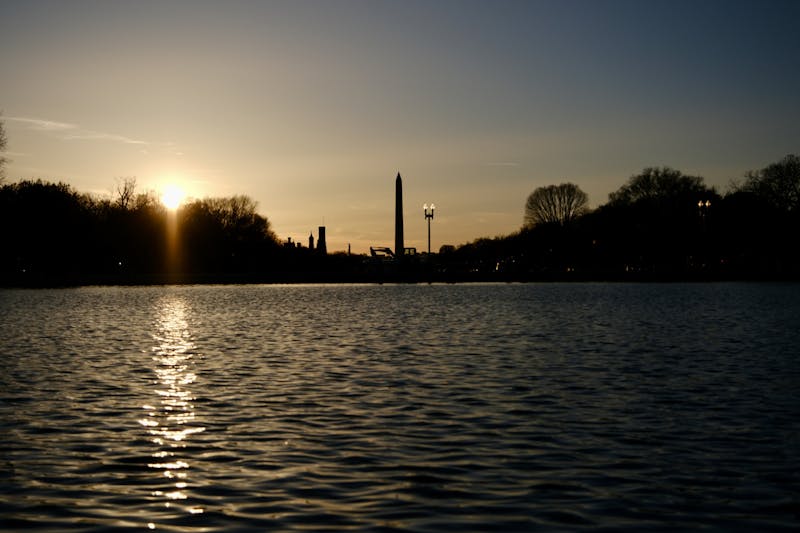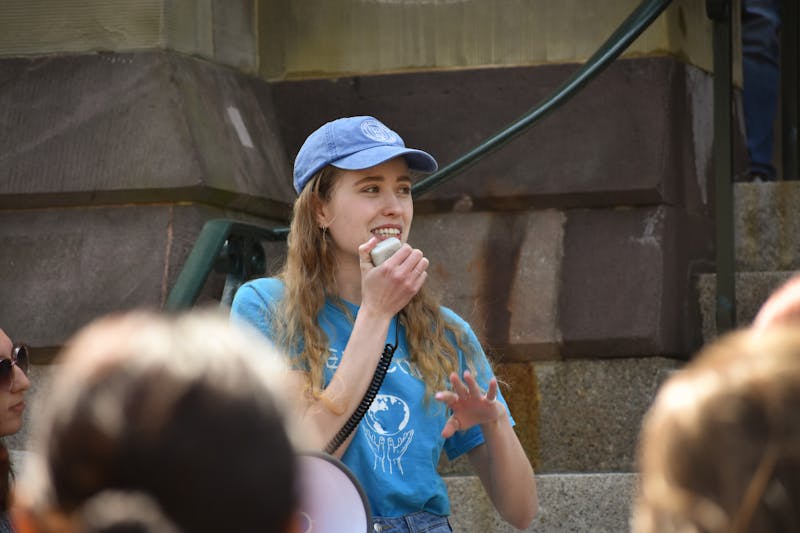
Basking in the glow of last summer’s lighting improvements on Baltimore Avenue, the University City District plans to bring more light to the area surrounding campus.
The project consists of an estimated 20 city street lights and 40 pedestrian-scale lights, to be installed from 34th to 38th streets on Lancaster Avenue.
City street lights are taller than pedestrian street lights, at 15 and 30 feet tall, respectively.
The $600,000 project proposes to replace the existing “cobra head lights” with “brighter, more attractive brown rounds,” Lori Brennan, director of marketing and communications for the University City District, wrote in an e-mail.
The brown round fixtures provide more angular light than the cobra head lights, better illuminating the surrounding area.
“Currently, the city has lighting standards for the street but not the sidewalk,” Carolyn Hewson, project manager of planning and capital improvements at University City District, wrote in an e-mail.
“As a result, the sidewalks on many blocks are very dark since the lighting from the street lights does not adequately light the sidewalks,” she added.
Urban Engineers, Inc., the engineering firm managing the project, started designing the lights last April and plans to complete the design phase mid-February after the Philadelphia Streets Department reviews it. They will then meet to discuss funding for construction.
Urban Engineers Vice President and Director of Municipal Engineering Practice Bob Wright said it has been challenging to get funding for the project since the “city has other budget priorities.”
Brennan explained this has led University City District to work with the Streets Department and the Delaware Valley Regional Planning Commission to get on the city’s list of priority projects for future transportation funding.
The previous lighting project on Baltimore Avenue was successful in obtaining both funding and support from the community, Wright said.
The Baltimore Avenue project, which ran from 45th to 50th streets, ultimately received $1.1 million in funding. It was given grants from city government, construction management firm INTECH, the Pennsylvania Department of Transportation, the Philadelphia Industrial Development Corporation and the William Penn Foundation, according to a University City District press release.
Wright said the 71 new pedestrian scale lights on Baltimore Avenue have been well-received — in some cases by astronomers who have benefitted from the lower level of the 15-foot lights, as opposed to the 30-foot city street lights.
With the new lights, Wright said, “you don’t have as much glare. In some areas you can see the stars better.”
Professor of Physics and Astronomy Gary Bernstein said the targeted area is too small to significantly reduce light pollution, but that the two projects set a good example for combating light pollution.
The Daily Pennsylvanian is an independent, student-run newspaper. Please consider making a donation to support the coverage that shapes the University. Your generosity ensures a future of strong journalism at Penn.
DonatePlease note All comments are eligible for publication in The Daily Pennsylvanian.







